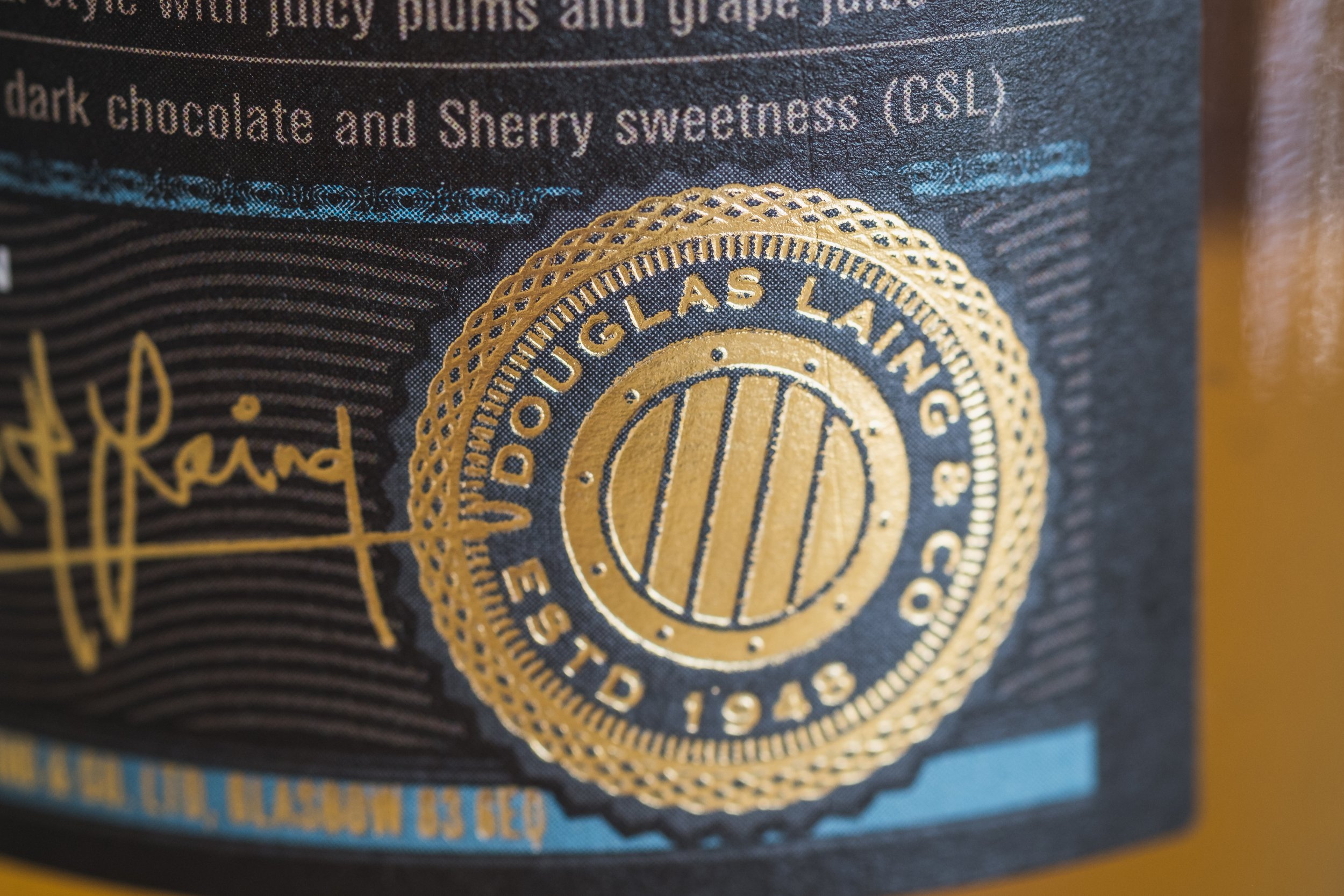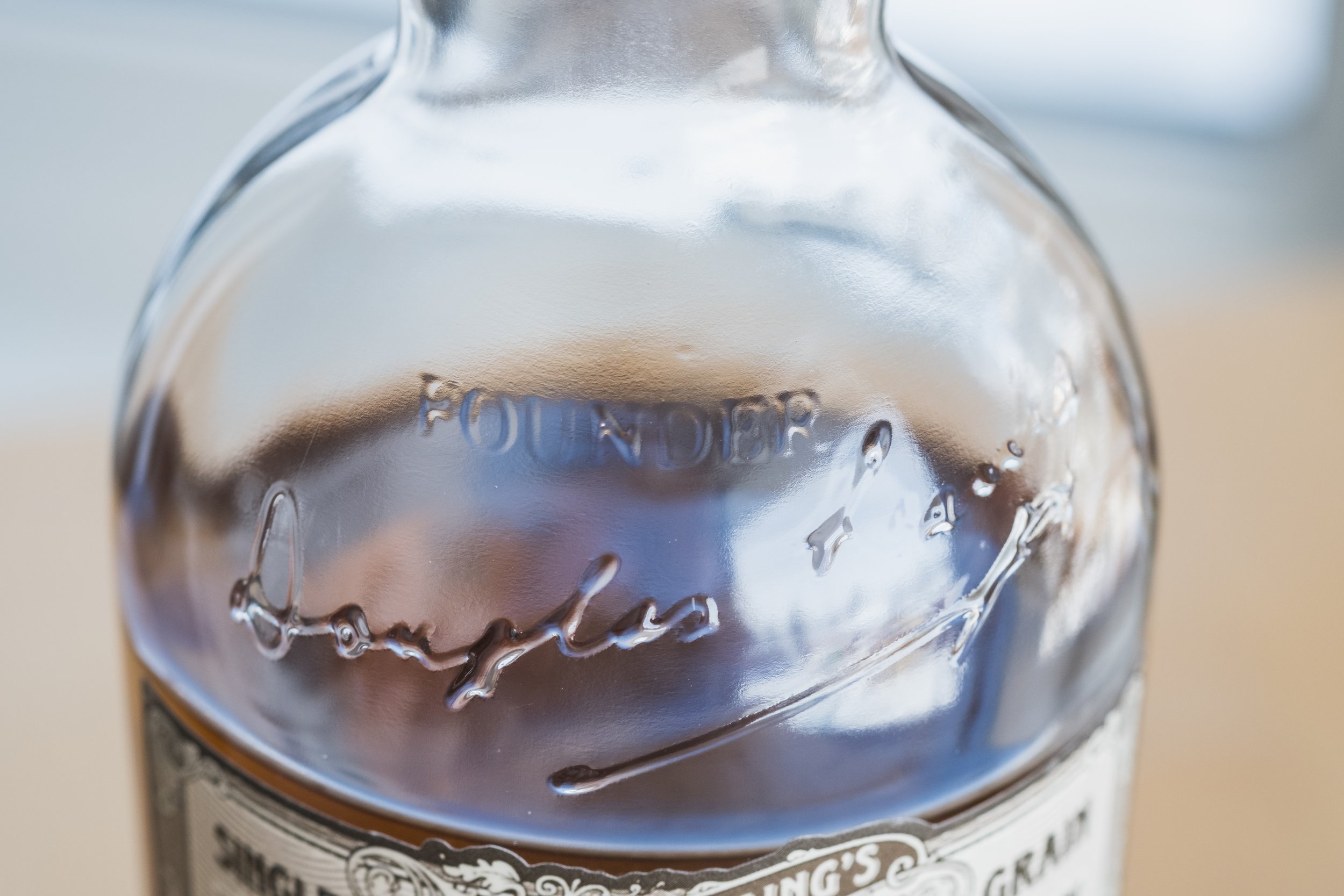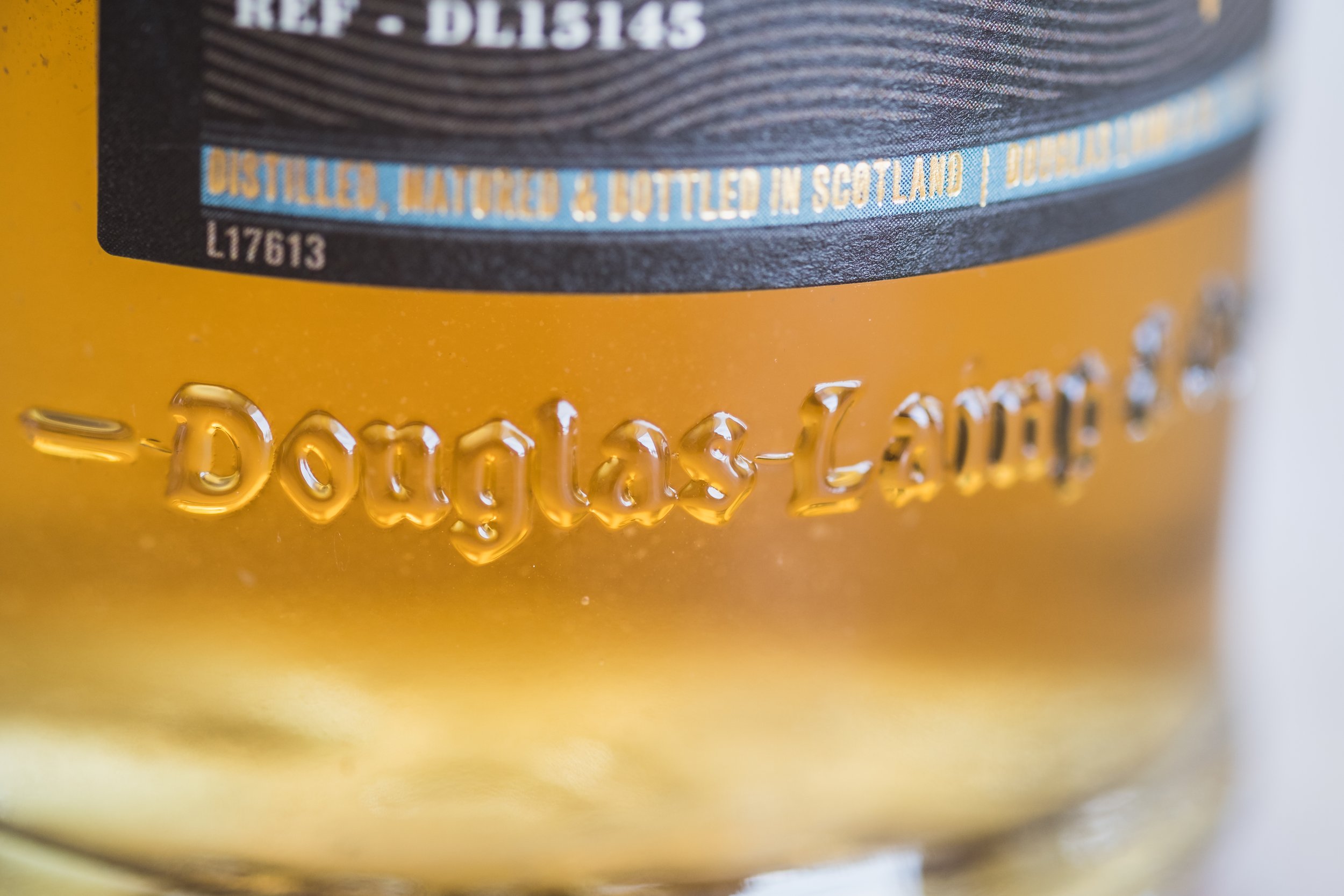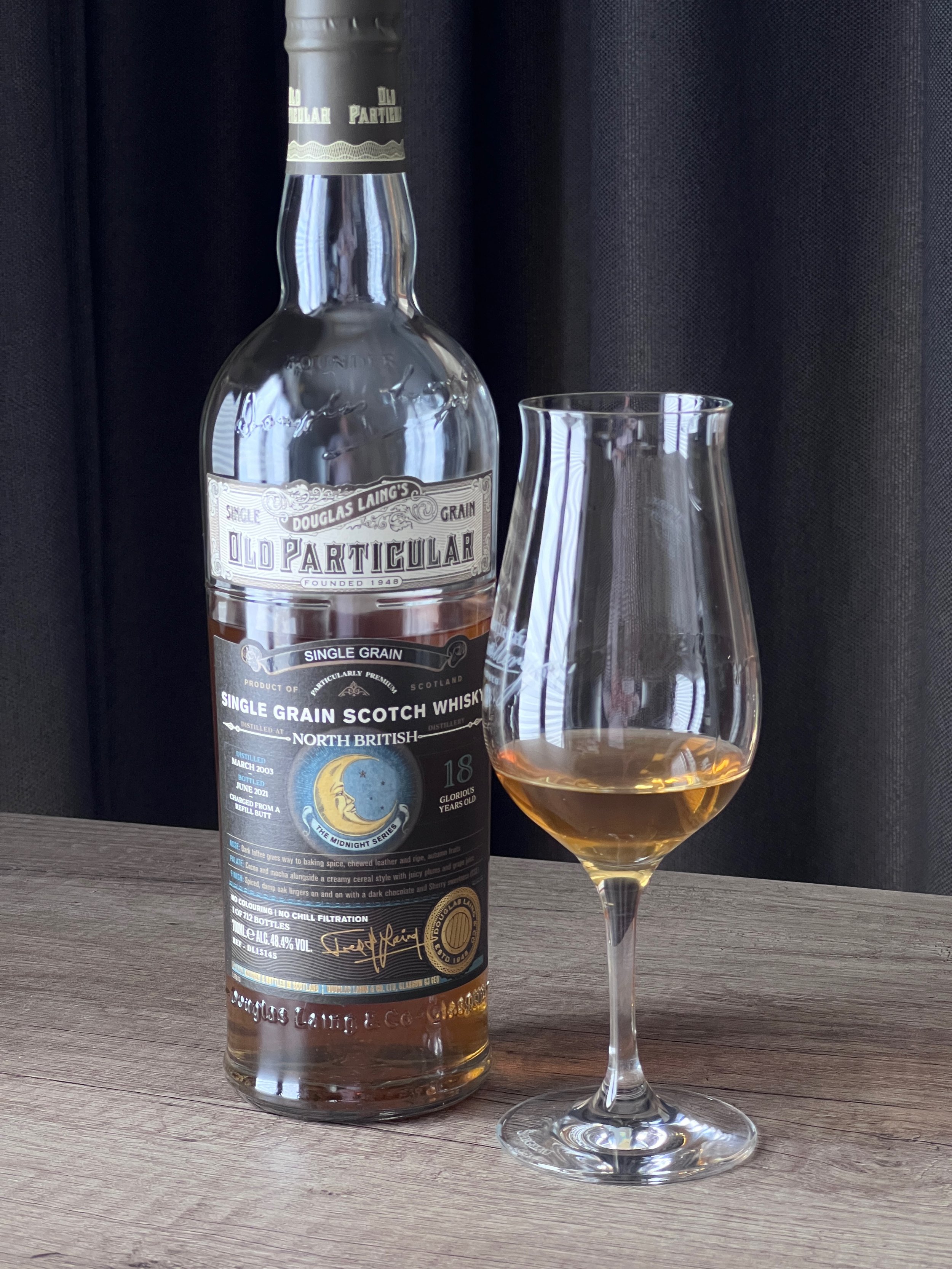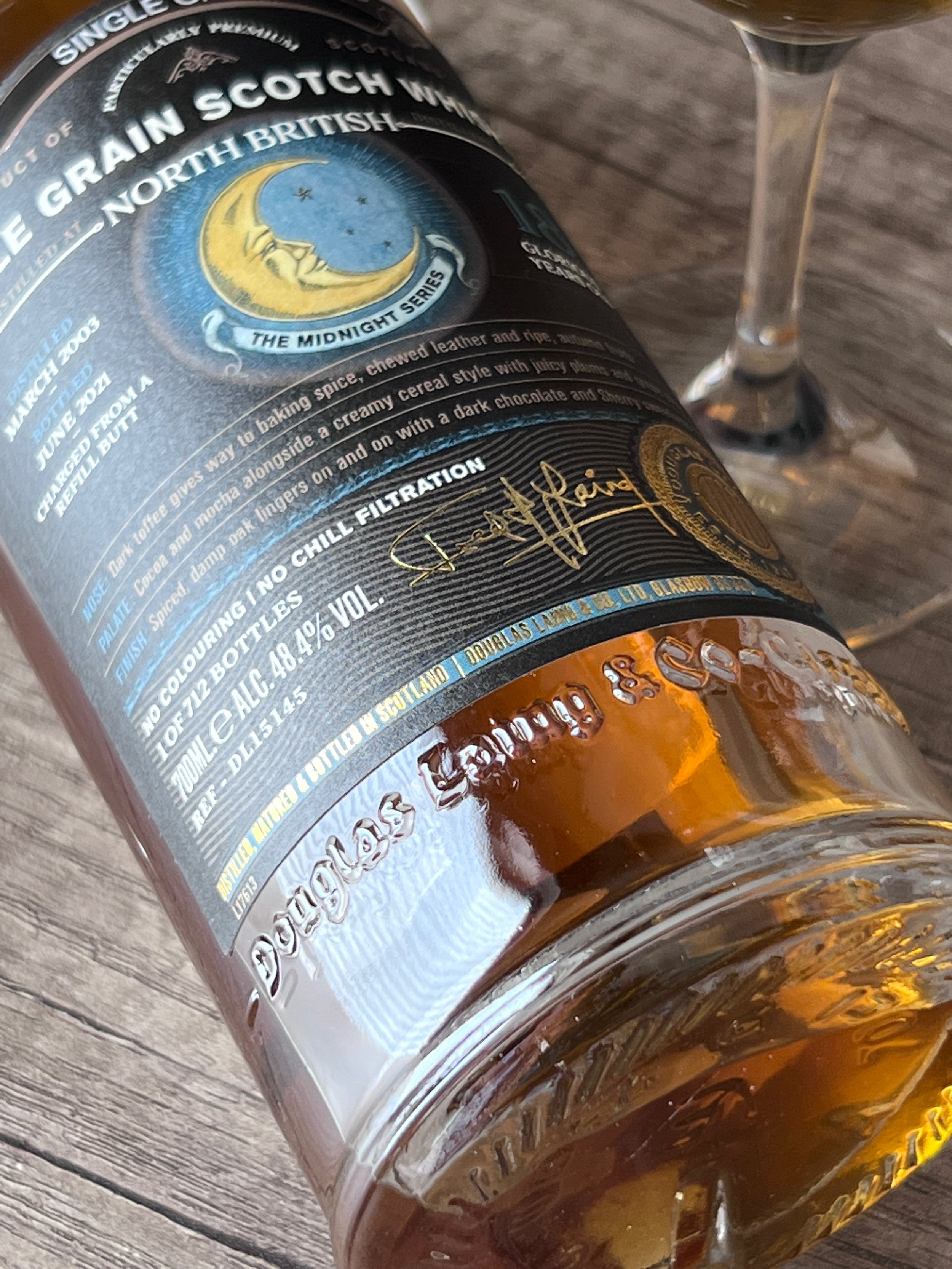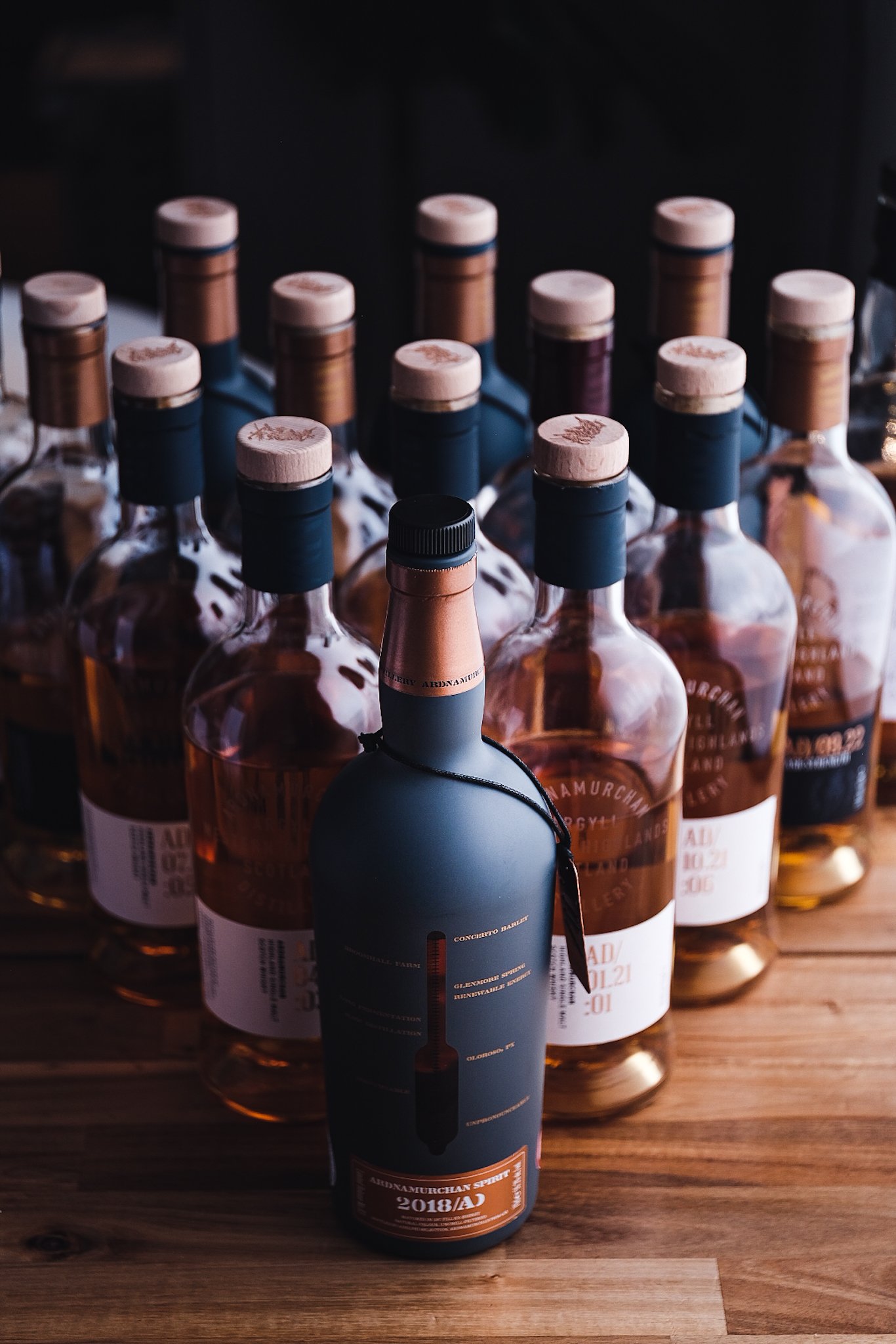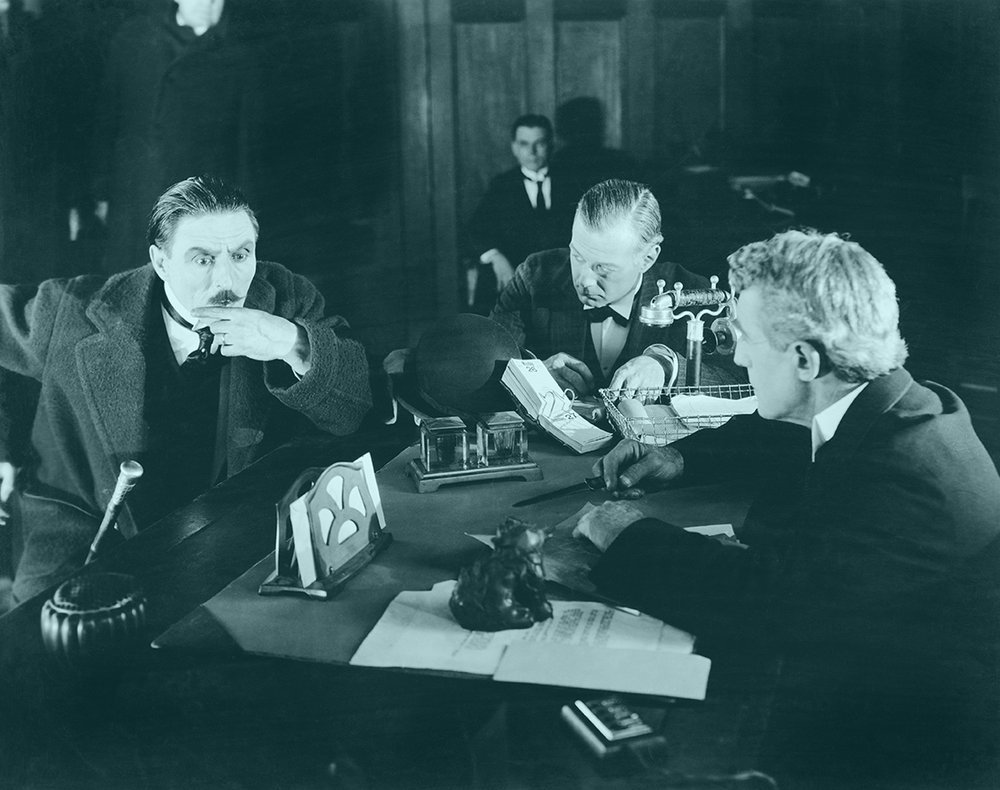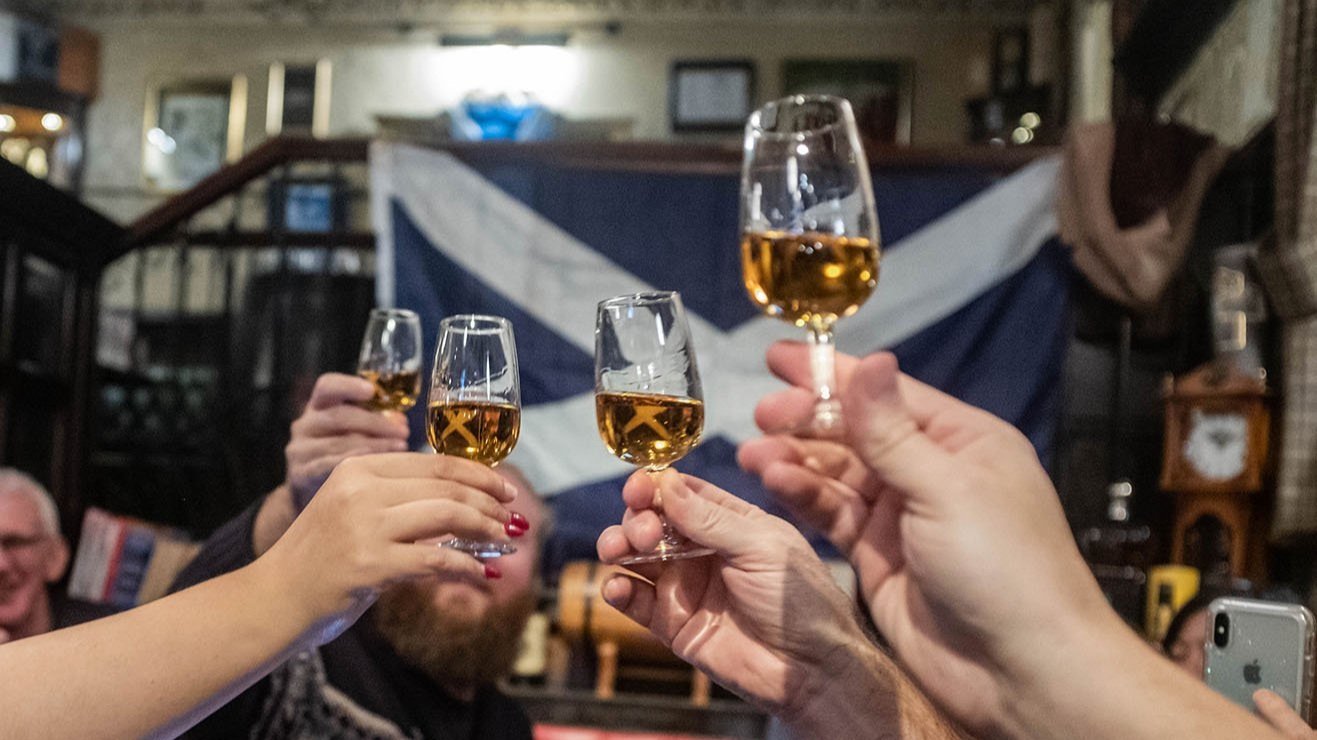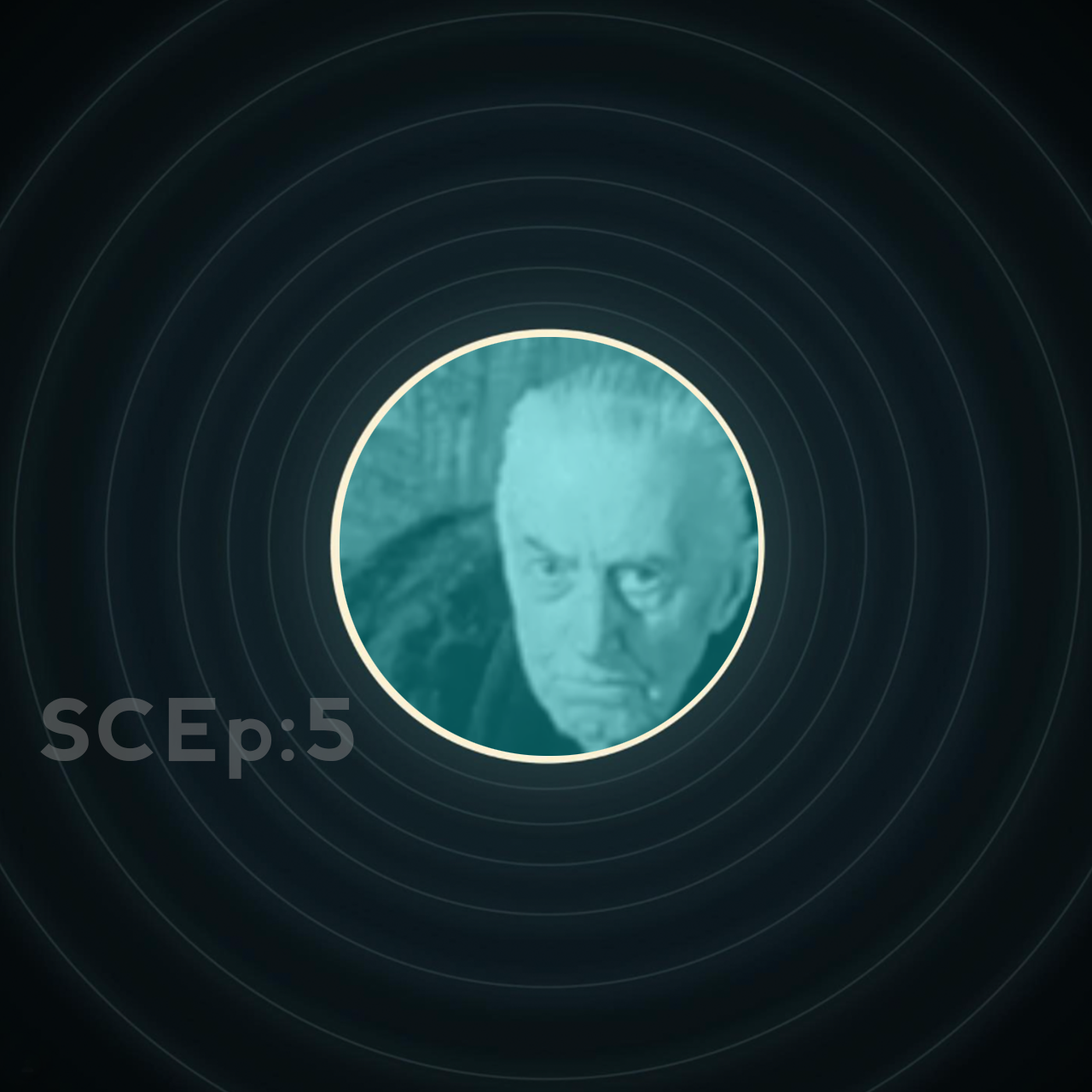North British 18yo Midnight Series
DL Old Particular DL15145 | 48.4% ABV
Score: 2/10
Avoid.
TL;DR
A flavour freak’s freakshow
BB
Sulfur, sulfur rot and spoil; Fire burn and cauldron bubble
When I purchased this bottle I had decent luck with previous grain whiskies. Sometimes they could be a little biting but more often than not, they were relatively simple and easy drinking, and often found for a good price.
In my seemingly never-ending quest to try at least one whisky from every distillery, I took a stab at this well-aged North British, matured in a sherry butt. My previous dalliances were primarily ex-bourbon blended and single grain releases so I was excited to try a new distillery and experience a grain and sherry combination.
Grain whiskies from large grain distilleries, of which there are eight in Scotland, form an integral part of the scotch industry, creating a volumetric backbone to blended Scotch whisky releases. Most of these distilleries use a portion of malted barley in their workflow because the malted barley enzymes aid in the mashing process. While we don’t know the exact proportion of malted barley used, if it’s anything similar to American bourbon, a 5-10% weight fraction of malted barley is sufficient to provide beneficial attributes to the mashing process. A quick snoop on the North British website, each 38 ton mash has about 7-8 tons of malted barley, a 20% ratio.
Following mashing, grain whiskies usually come off the still at a high proof similar to a highly refined vodka. North British state they produce 500 bottles of spirit per minute from their Coffey/Patent column stills, continuously distilling 24 hrs/7 days per week, at a stratospheric 94.5 % ABV. This grain spirit is slightly reduced in strength before being typically filled into first-fill, second-fill, third-fill, or distillery wood barrels. These are left to slumber for a minimum of three years eventually forming the cheap alcoholic backbone for many blends across the decades.
From a production volume perspective, North British has a capacity of 73 million litres. For reference, that’s 27 x Bunnahabhain, 2.7 x Glenfiddich or Glenlivet, or the total production volume of Glenlivet, Glenfiddich, Dalmore, and Glenfarclas combined per year.
So, the score. There’s some extra backstory here, and Wally will also touch upon it below.
Broddy’s Review
North British 18yo, Douglas Laing Old Particular Midnight Series, DL15145, ex-refill butt, 48.4% ABV
£80 limited availability (CAD$140 paid - £86)
Following my initial submission of this review, it was suggested that something might be amiss with my bottle, such as it being corked. Seeing as I couldn’t send a sample to anyone in the team as I’m in Canada, one of the members of the Aqvavitae Barflies Facebook page offered to crack their DL15145 bottle and send us their thoughts in private.
Despite the well over 50 bottles of Douglas Laing enjoyed by this generous Barfly, something was amiss. This person also had issues and had reached out directly to Douglas Laing to ask for further clarification including sending a sample back to be tasted by the team there.
While we’ve agreed to honour the confidentiality of the discussions, the synopsis by the Laing team was that the sample matched their internal records. It was suggested that perhaps we were not understanding the interplay between the corn-based North British and sherry, and admittedly this was my first one. However this superhero Barfly had just finished a heavily sherried Old Particular Midnight series 18 yo North British (cask DL15587) a week before opening this one and found it to be lovely.
Following this exchange with Douglas Laing, Wally got his hands on a bottle and provided his thoughts to this review, balancing out my displeasurable experience that may have been borne from inexperience of grain and sherry rather than something being off with the product.
I cracked this bottle in December 2022 followed by drafting my first set of thoughts in February 2023. Fast forward to July and given Wally’s contributions, I’ve poured myself another splash to confirm my original findings. And I’ll admit the sulphur and subjective off notes have significantly dissipated with the open bottle and I’ve updated my notes accordingly. This does help justify a score of 3/10 without price considerations. However, in my opinion of course, that a whisky should be ready to drink when first cracked and we should not be relying on a few early sacrificial drams and some air-time to round off edges.
I will say that the dialogue with the Douglas Laing team was cordial, openly looking at the quality of the release and going out of their way to make sure the Barfly was happy. Hats off to them for taking the time to assess the whisky and respond. Now that’s customer service.
First up, my own take.
Score: 2/10
Avoid.
TL;DR
A flavour freak’s freakshow
BB
Nose
I immediately get the sickly and oddly sweet smell of rotting carcass juice. Some would call it sulphur. If you’ve never had the misfortune of smelling the putrefaction of rotting carcasses, it’s an unmistakable smell. It’s not an egg-like sulphur nor is it a struck-match note. It has a very strange smell for a whisky.
Well-bruised red apple and it smells bitter, deceiving you into believing it never came from a sherry butt. Damp mustiness and mounds of cinnamon and coco powder. The mustiness could be a mushroom-like note on its own, but the combination of the sweeter apple notes makes it more like musty caves and bruised apples in my brain. Burnt orange skins and singed toffee round things out. A good dollop of water tamps down the rotting sulphur notes, but it’s still there.
After being open for eight months, the putrefaction-like notes have significantly reduced, with only the undertones remaining.
Palate
The sulphur is unmistakable, this time it’s mostly rotten eggs with a touch of struck match. This dominates the first half of the palate experience. Once the sulphur note is out of the way, things get better. Stewed red apples, espresso powder, 90% dark chocolate, dark toffee, cinnamon, nutmeg, and red grape juice. Mid-palate, the sulphur rears its head for two seconds before the juicy notes finish things off. It’s quite a bitter, drying, and thin mouthfeel with a finish that fades quickly and is distinctly of red apples and baking spices.
Water eliminates the majority of the sulphur but also neuters most of the other flavours, turning it into a nondescript spicy whisky. Water increases the sweetness. Just like the nose, the eight months of air influence has significantly reduced the sulphur and amped up the juicy sweetness. The rotten sulfur notes are still there on retronasal however.
The Dregs
I don’t have an aversion to sulphur. However this whisky is on a whole other level. I work in oil & gas where sulphur smells are all too common and I don’t mind a touch of it in a sherried whisky especially if I’ve left them open for six months. I’ve been continuously sampling this one throughout this period to introduce some air into the bottle or see if I was the problem. In this scenario, it’s not me, but the whisky. Time and air haven’t changed the experience or notes enough.
The finish drops off quickly for the age. Alongside this Douglas Laing release, I’ve had an ex-bourbon 11yo North British at virtually the same ABV and the finish easily lasted five times longer. That whisky (a Boutique-y release) was far superior and was a 5/10 score so North British can obviously release some good distillate. I’ve also had a good experience with a recent Wemyss release. However Douglas Laing’s cask 15145 did some absolutely weird and unfortunate things to this spirit.
My bottle, and as you’ll read later from another bottle of the same cask, a significant amount of mysterious floaties were found settled out at the bottom. In general, there are two types of flocculation: reversible and irreversible. Reversible flocculation occurs to non-chill filtered whiskies when dropped to low temperatures, a byproduct of long-chain esters and fatty acids. Once warmed back up, these small flocks or haziness disappear. The irreversible type is exemplified here. These light, thin, and airy lime-like particles are formed when oxalic acid from the cask reacts with the calcium ions in the diluting water. The resulting calcium oxalate precipitates or “flock” doesn’t adversely impact the dram but it is curious that your whisky has floaties in it.
I struggled immensely with scoring this one, something I was surprised about. The bottom three scores, as defined in our scoring guide, have less differentiation between them than I would have thought. My previous reviews have bottomed out at a 4/10, which made sense at the time and for the whisky in question. But I had to rack my brain on this one. Was it a 3? I don’t personally think this whisky had hints of promise. What about a 2 then? Getting closer, it definitely is scraping off the bottom of the barrel, quite literally with the sulphur putrefaction notes.
Does it qualify for the bottom basement score? Should this whisky exist? Should quality control have released it? In my opinion, it never should have been released but I know some whisky freaks chase the polar ends of the flavour spectrum and this one does meet that criteria. This bottle has some minor redeeming qualities in that it’s slightly drinkable after adding some water, thus I’ve landed on a 3/10 as some of the flavour chasers might find some promising elements.
However when considering the price for this whisky, it easily dropped to a 2/10. It’s one thing to be poor at a basement price point but this is anything but a cheap dram.
Score: 2/10
Wally’s Review
North British 18yo, Douglas Laing Old Particular Midnight Series, DL15145, ex-refill butt, 48.4% ABV
£80 limited availability (CAD$140 paid - £86)
This is a strange one, and one which I fear we don’t really have a score band for on Dramface.
This bottle came about after the afore-mentioned Barfly donated the bottle for further investigation. Such a generous thing to happen, something which typifies our amazing community. We don’t share names here on Dramface, so let’s call him Sid.
I got my hands on the bottle and have been contemplating it ever since. My path follows Broddy’s closely and in parallel, although I’m applying a little more pragmatism in the face of an interesting and challenging glass of whisky.
We’d also previously had a couple of samples flying around, of this and its sister release; cask DL15587, as a ‘control’ of sorts. If you’re wondering why we’ve gone to all this faff, since February, (sorry Broddy), it’s because we take scoring seriously here at Dramface and we don’t want to be seen to be weaponising our scoring system.
When Broddy first declared that his frustration had motivated a review we stepped in to check for the obvious such as TCA cork taint or something odd to do with the specific bottle. After the double checks, it would seem it’s more likely the DL15145 cask.
The fact DL took the time to analyse things for us and re-check against their records says a lot and speaks of their experience with this style of whisky, as well as their confidence in the bottle.
For me, it is very weird. But I don’t believe it to be a dud.
Score: 5/10
Average.
TL;DR
This one will go to a pal who’ll likely devour its weirdness
WMc
Nose
Yes, I immediately get Broddy’s sulphur. I’ve had worse though. I’m not put off, and I thankfully don’t get anything dead or rotting, but I get the vibe. There is a distant whiff of drains, boiled eggs and sweat, but everything gets sweeter from there. We’ve got some dark brown sugars, set honey and all those powdery-brown baking spices. With time we get a nicer balance and you can generalise closer to beeswax and wood polish notes. ‘Freshen’ your palate against something cleaner and, on re-approach, everything is dialled back up to challenging once more . This is a good example whisky.
Palate
Funky stuff. Slightly resinous too with a little pine oil and oily rag. The mouthfeel is thin but not overly, this is grain spirit after all. The sweetness and the spices are there from the nosing but they’re accompanied by a chilli spike too, not bad. I’m dancing around the weirdness though, it’s a meaty whisky; honey glazed ham and gravy, certainly whiffs of egg and matchbox and occasionally gym locker room. I’m grateful to not taste the drain. It’s not particularly moreish, but I seem to have gone back a few times. This is an ‘interesting’ whisky.
The Dregs
How to score this? Does it matter? I hope most of you have been reading Dramface long enough to realise checking the score and moving on is to miss all the real value.
They say someone’s trash is someone else’s treasure.
Well, maybe, but after a third of this bottle and lots of effort I’m somewhere in the middle feeling a little pragmatically ambivalent. What’s strange is that, without reading any of Broddy’s words, an invested Douglas Laing fan opened this for us and found it to be weird, prompting them to send a sample and email to DL and ultimately give away an £80 bottle in the hope we could fathom things out.
I think the truth here is that there’s nothing odd, only people and preferences, and we have a divisive whisky that will expose that. At Dramface, we’re no different. I have a Sponge Ardmore bottle that has tasting notes such as “trouser gravy” and “bogberg’ written on the label - purely to speak to those who are intrigued by the different, the curious, the ‘interesting’. There are many who are into whiskies produced at the extremes of the whisky flavour bandwidth, and for some of them, the dirtier the better.
There are also those, like me, who will not be put off by the floaties that also exist in my bottle. I don’t mind them. They do seem to disappear with a shake of the bottle, and eventually they’ll return once more. Not before adding to the already slight-but-present haze in the liquid.
There remains the possibility that there’s something additional going on in Broddy’s individual bottle. More likely though, I feel this is simply one of those odd, dirty and unique bottles for which there’s certainly an audience for. I do take slight issue with the sanitised DL bottle tasting notes though; other than ‘damp oak’ for the finish there’s nothing to betray the challenging nature of this liquid. Some may argue that’s an opportunity missed.
I guarantee there are people out there that would love it and inevitably score it way higher than I do, but we don’t have a ‘Weird and wonderful’ score band.
And so, as always, the copy and context is everything, leaving me with a middle-ground 5/10 and many conversations remaining over what’s left in the bottle.
Sid, if you’re reading, you can have it back now.
Otherwise, I’ll either give it away or file it under ‘oddball’.
Editors notes; thanks do Sid for his amazing assistance, Douglas Laing for taking things seriously and especially Broddy for his patience and taking the time to make sure we had a balanced piece to share.
Tried this? Share your thoughts in the comments below. BB
-
Dramface is free.
Its fierce independence and community-focused content is funded by that same community. We don’t do ads, sponsorships or paid-for content. If you like what we do you can support us by becoming a Dramface member for the price of a magazine.
However, if you’ve found a particular article valuable, you also have the option to make a direct donation to the writer, here: buy me a dram - you’d make their day. Thank you.
For more on Dramface and our funding read our about page here.



